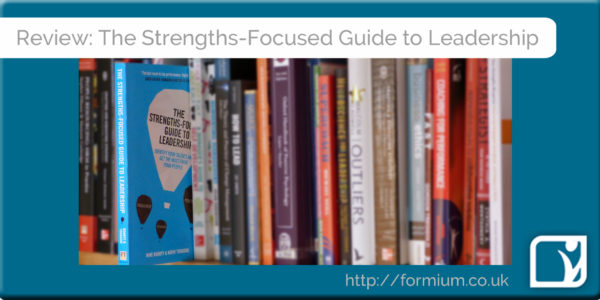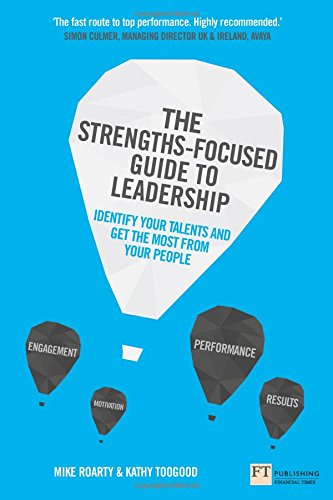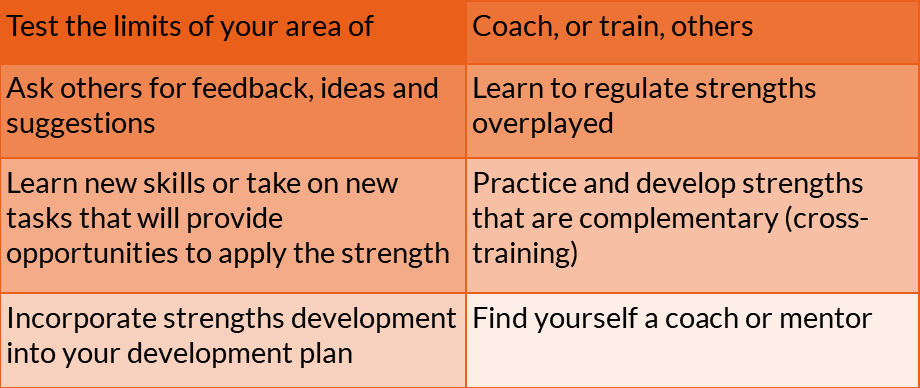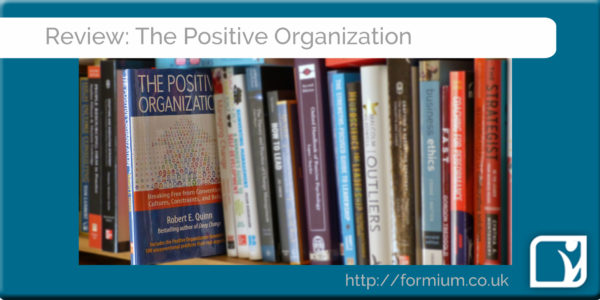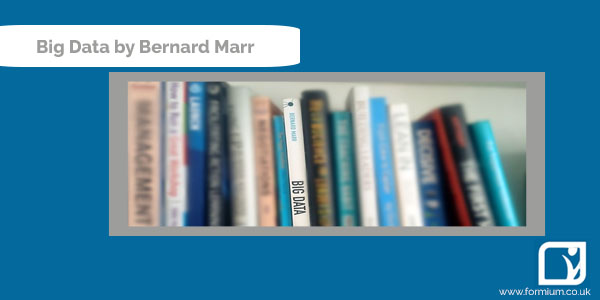How do you ensure that learning and development activities generate the performance change you want? This question is at the heart of Paul Matthews’ readable and engaging book. A strength of the book is that the messages are equally appropriate for line managers supporting their team members to develop as they are for L&D professionals wanting to improve their value to the organisation.
Paul Matthews gets to the heart of the matter – how do you ensure that learning is enacted in the workplace, and that this change in meaningful, lasting and effective? From this flow a range of other questions and ideas, with a common theme of learning and development as part of a workflow, in which a formal training workshop is one of many elements. This requires a strong and active partnership between staff member, line manager and L&D team throughout the learning intervention.
The author adopts an unusual structure, the first 90 pages covering the theory and ideas in a traditional structure. He challenges why learning transfer activity is not undertaken, and explores elements of learning theory and behaviour change, including how memories form and how behaviours are triggered and adapted.
The second 130 pages are structured as bullet points and short paragraphs – asking direct questions, providing external examples/contributions and presenting previously established ideas in a different format. This theory first, application/engagement second approach mirrors the flipped classroom approach he espouses.
Key messages addressed include:
Is training the right answer?
Paul argues the importance of ‘performance consultancy’ – ensuring that all other opportunities to improve performance have been explored, and that the business benefits and sought outcomes are clearly articulated before a L&D solution is commissioned.
You need a coalition
To ensure successful behaviour change and performance improvement you need the involvement of line and senior managers before, during and after the intervention. You need to support and develop an organisational/team culture that supports development, mentorship and invests time in learning transfer activities such as coaching, reflection, on-the-job practice. You can gain buy-in through clarity around the exact business improvements that the programme will generate.
It is a 4-day programme, not a workshop plus pre/post work
Each workflow element is important and necessary in its own right, not an optional extra to the workshop. This message is as important for line managers as for the participants as it sets out the expectations that they will need to be involved in designing/supporting activities to embed the learning in the workplace, such as practising the new skills/behaviours in a safe setting.
Begin with the end in mind
What is the sought outcome of the learning activity? How will you know it has been successful? Paul Matthews challenges the attitude that successful L&D delivery is a well-attended workshop with positive feedback sheets, instead arguing that measurement of outcomes in terms of participant behaviour and business impact is fundamental to proving intervention effectiveness, as well as return on investment and value for the organisation.
Workshop attendance does not equal behaviour change
Exploration of how we learn, how we respond to triggers and form new habits is fundamental to designing a programme to generate the sought business outcomes. The exploration of Dr Ina Weinbauer-Heidel’s 12 Levers of Transfer Effectiveness provides readers with a clear framework to consider how far their L&D interventions support learning transfer.
Paul Matthews’ selection and effective presentation of fascinating insights from a wide range of psychology and neuroscience research is at the heart of this book, and provides practitioners with a range of mechanisms to ensure that learning is embedded and enacted in the world outside the classroom.
Buy the book from Amazon UK or Amazon USA


